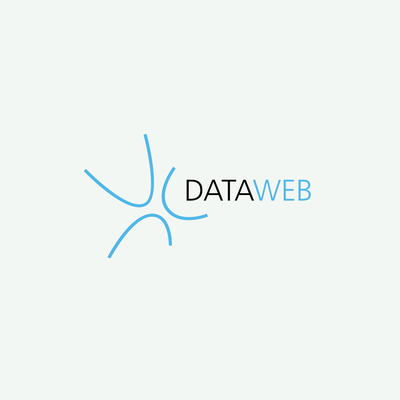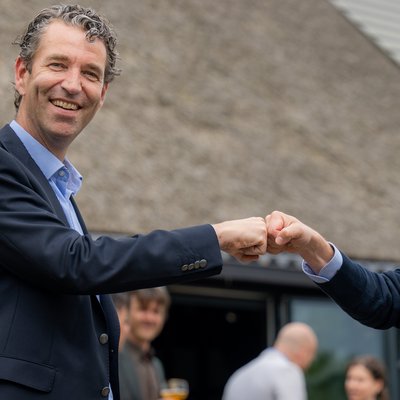
Parknet
Pushing for more Peering
Cost & Quality: The ongoing Challenges
Thomas Steffensen, Parknet’s Network Administrator, first met up with NL-ix at DKNOG in March 2018. He had recently joined Parknet after working for an ISP in California. In the autumn he ordered a 10 Gbps port: “We are a small provider, and we don’t want to take on the unnecessary expenses of having two IP Transit providers. We deliver minimum 300/300 Mbit at less than €10,- a month, and therefore costs - or actually value for money - is of high importance to us. I wanted to explore the peering opportunities with NL-ix as fully as possible, because it makes so much sense, not just financially, but also in terms of quality. We discussed this within our team and confirmed that peering is not just cheaper for us than IP transit, it is also better. It goes direct – straight to the big caches rather than via a bunch of places that are more difficult to control.”
Instant Result
“Just by connecting to the route server we got between 3 and 5 Gigs-worth of data from day one. In itself this made the port worthwhile. IP Transit is more expensive, and we had a very good deal on our peering port, so every Gig we could shift to peering made a significant saving on our overall monthly bills.”
Asking for More
“This is where most people stop when it comes to peering but there are lots of bigger content players and CDNs that can be hunted down. So we pushed for more.”
Thomas launched a peering email campaign, approaching every possible peer from the largest to the smallest. “I put up a Netflow server and looked at the AS numbers with the highest capacity and then at the NL-ix server. The NL-ix website makes it very easy to plan - you can quickly find who is on the route server and who is not. I started to email those who were not on the server, beginning from the top of the AS list and working my way down. I would initially contact the standard peering address then if they didn’t get back to me I would dig out alternative emails. This meant sending two or three emails a week to the higher volume companies.”
I called NL-ix and they sent a technician to the Global Connect Data Centre to hook up another 10 Gig port the next day
Thomas Steffensen - Network Administrator @ Parknet
Google then Akamai
After many days of patient emailing and not taking no for an answer, Parknet started building up more peers, culminating in a link to the Google cache, which lifted traffic flow by a further 3 Gbps. “Within a month it was clear that a single 10Gbps port would not be enough, so I called NL-ix and they sent a technician to the Global Connect Data Centre to hook up another 10 Gig port the next day. Then there was another big surge. We were already a member of DIX and peered with Akamai through there, and suddenly Akamai moved all their data to NL-ix, driving peering traffic levels up to 17-18 Gig. Now, we are exploring the possibility of a 100 Gig port.”
The Bottom Line
“Looking back all the extra emails were worth it at every level. Only a third of our traffic now travels over IP Transit and we have three times the traffic we had three years ago but we only pay a fraction of what we did due to the peering solution. So all in all, we’re extremely happy.”





